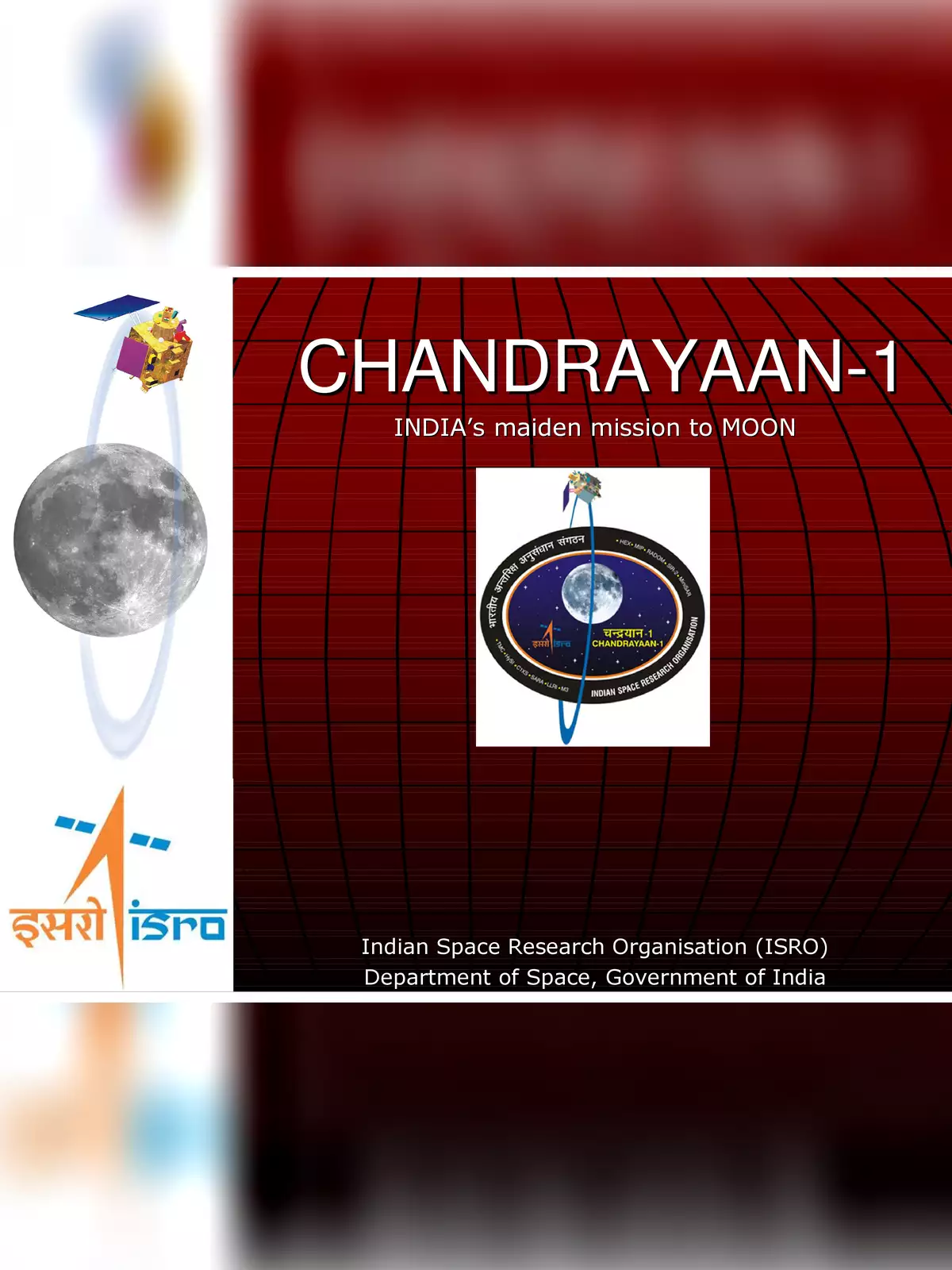Chandrayaan 1 - Summary
The launch of Chandrayaan-1 marked a significant milestone in India’s Moon exploration journey, showcasing the advancements in technical capabilities and the passion of modern Indian scientists in understanding the Moon. As India’s first Moon mission, it not only enhances knowledge about the origin and evolution of the Moon, but also boosts India’s technological skills and opens exciting opportunities for young scientists in planetary sciences. This mission is truly a source of inspiration for many.
How Chandrayaan-1 Was Realised
The PSLV-C11 rocket, chosen for launching Chandrayaan-1, is an upgraded version of ISRO’s Polar Satellite Launch Vehicle. The successful launch placed the Chandrayaan-1 spacecraft into a highly elliptical Transfer Orbit (TO) around the Earth. Following this, a series of complex maneuvers were performed to achieve the intended trajectories. After multiple orbits around the Earth, the Chandrayaan-1 spacecraft was directed into more elliptical ‘Extended Transfer Orbits’ by firing its Liquid Apogee Motor (LAM) in a carefully planned sequence. The LAM was then activated again to propel the spacecraft closer to the Moon.
Key Objectives of Chandrayaan-1
The principal goals of Chandrayaan-1 include:
- To position an unmanned spacecraft in orbit around the Moon
- To conduct mineralogical and chemical mapping of the lunar surface
- To advance the technological base in India
Chandrayaan-1 aims to accomplish these essential objectives through high-resolution remote sensing of the Moon across various parts of the electromagnetic spectrum, such as visible, near-infrared, microwave, and X-ray regions. This mission is anticipated to produce a 3-dimensional atlas of the lunar surface, along with detailed chemical and mineralogical mapping of the entire Moon’s surface, providing valuable insights into our celestial neighbor.
You can download the Chandrayaan 1 PDF using the link provided below.
